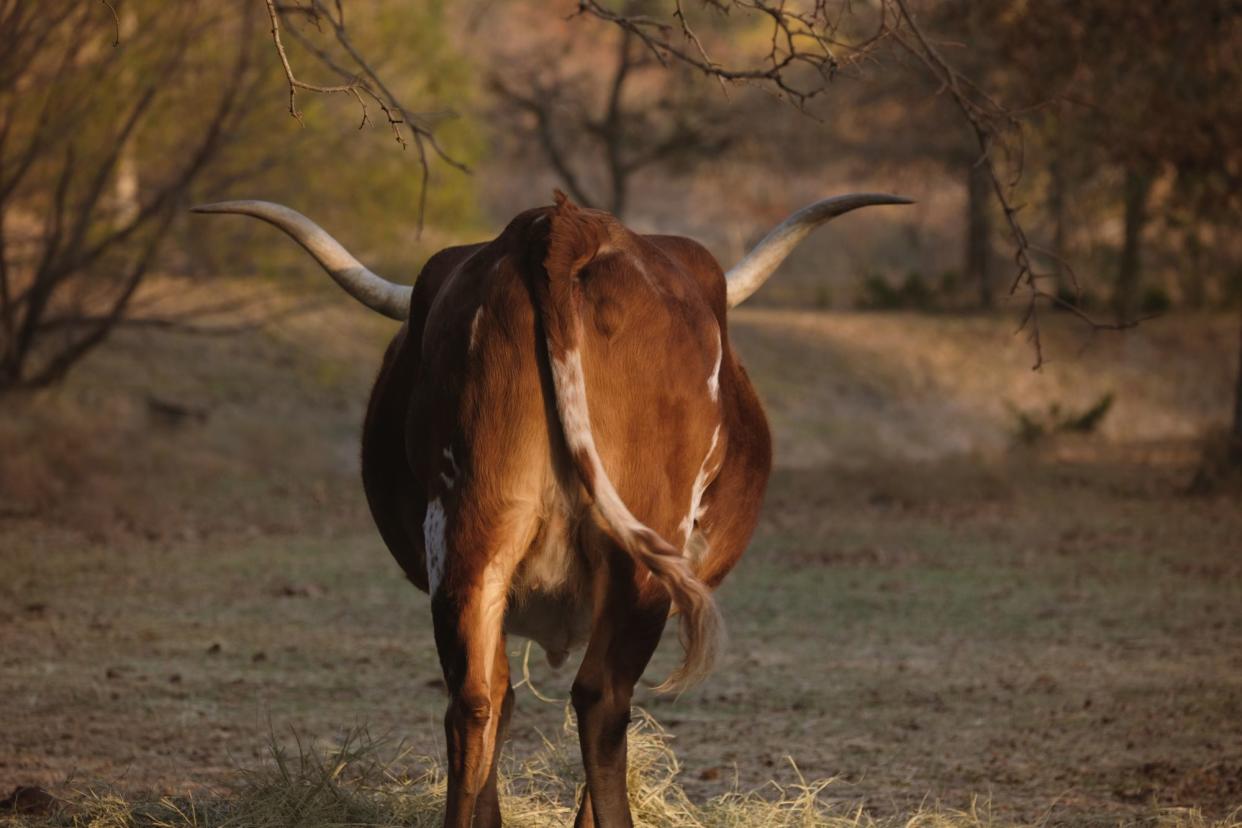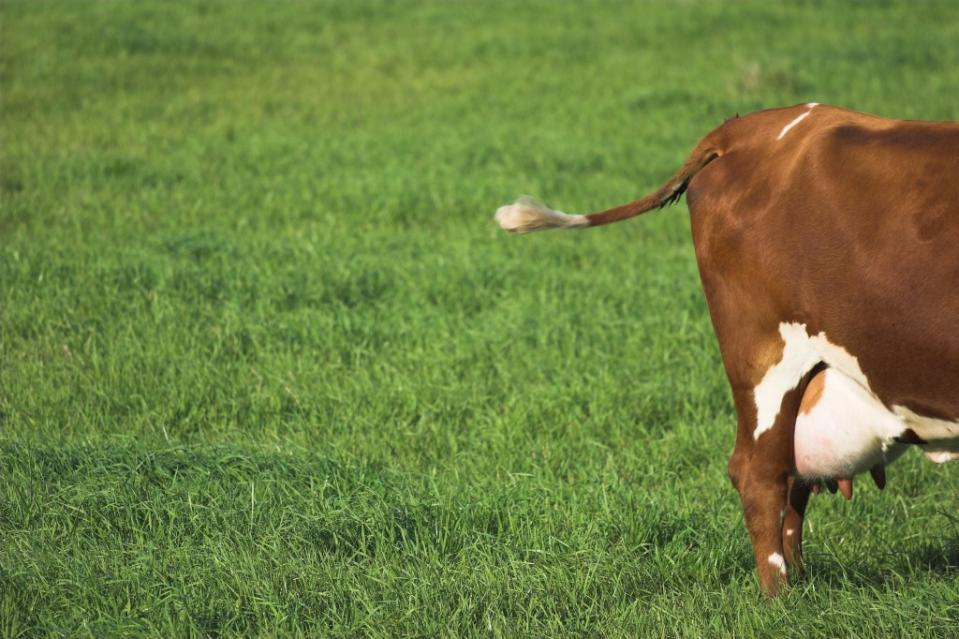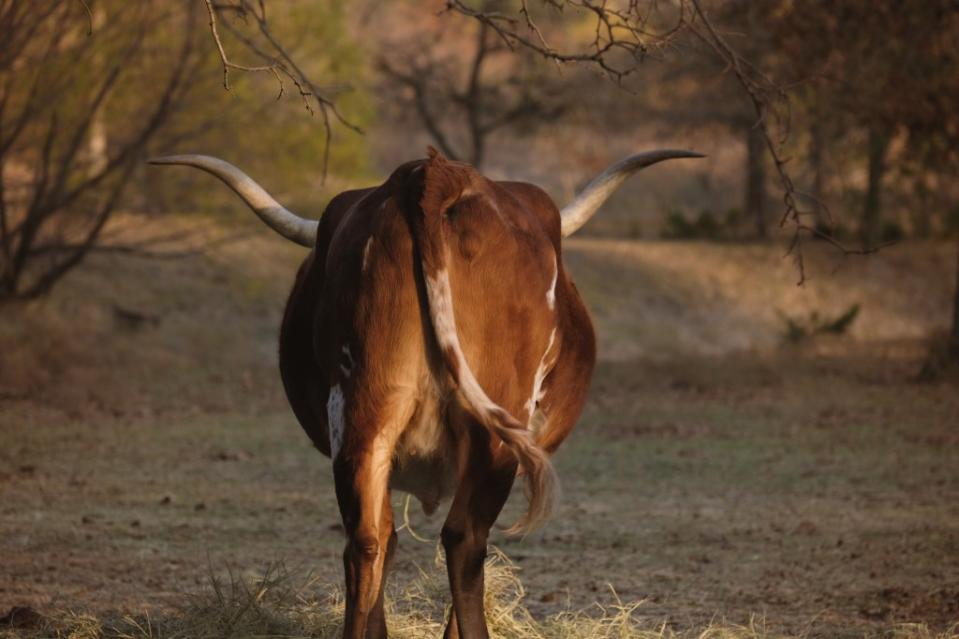Breeding cows that fart less could help curb global warming: new study

No need to make a stink: Controlling bovine flatulence could be key to helping curb global warming.
New research suggests that breeding dairy cows to fart less — and, therefore, release less methane — could cut down on greenhouse gases.
The team from Curtin University Sustainability Policy Institute in Australia combed through 27 reports, drawing conclusions about various ways to curb methane emissions in the dairy and beef sectors in the country.

Food production is one of the leading causes of climate change — livestock farming accounts for about 10% of greenhouse gas emissions — with one 2020 study finding that burps and farts from cattle, as well as manure management, are a significant contributor to global warming.
The latest study, published in the journal Climate this month and the first of its kind, suggests that transforming farmland into forest or wetland would be most effective at reducing methane, but breeding less gassy cows may also be an avenue worth exploring.
“For example, changing what breeding objectives include can permanently reduce methane production,” study author Merideth Kelliher said in a statement.
“Studies have found low emission cattle have inheritable genetic traits which can significantly reduce methane production if included in national breeding objectives,” she added.
More research is necessary to determine the traits to breed for in cattle for the lowest possible methane emissions, said Kelliher.

Researchers have previously attempted to potty train cattle to curb the effects of cow urine that contains ammonia, which, when mixed with soil, becomes the greenhouse gas nitrous oxide.
In 2021, a team of scientists successfully trained dairy cows to use a special pen called the MooLoo to do their business, encouraging them to urinate on AstroTurf without harming the environment.
If the cattle used the MooLoo, they were rewarded with sugar water. If they relieved themselves outside, they were sprayed with water for three seconds.
“This is how some people train their children — they put them on the toilet, wait for them to pee, then reward them if they do it,” researcher Lindsay Matthews said at the time.
The cows adopted the new habit quickly, with 11 out of 16 cattle learning to use the MooLoo, which is equivalent or superior to human children.
“If we could collect 10 or 20% of urinations,” researcher Douglas Elliffe added, “it would be sufficient to reduce greenhouse gas emissions and nitrate leaching significantly.”

